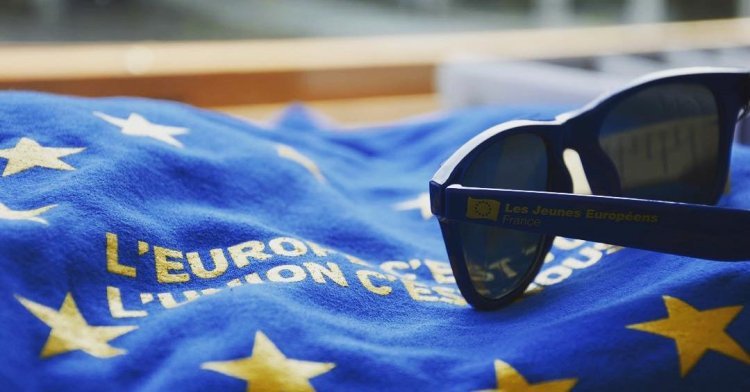Stagnation may suggest that things don’t look too bad, it could be worse. But the membership dynamics behind that one single number should alert us: only a couple of sections are really growing. They are compensating the membership decline in most sections. Both small and big sections are facing this trend. In general, however, it is a few big sections that are growing while most small sections face challenges to their growth. If this trend continues the gap between small and big sections is going to become larger and larger. In the long term, sections that are already struggling today would disappear from the European JEF-map.
A focus on membership numbers is admittedly a bit simplistic and, of course, other indicators are important, however, membership numbers do already tell us a lot. In the end, having more members means more (wo)man power, more ideas, more informed citizens, a larger network, and greater weight behind our political messages. Not to forget that once on the path towards growth, we can embrace the momentum, and see how it becomes easier to sustain that growth.
But how do we get there?
First of all, awareness is key. Being aware of the challenge, is the first step in solving it. It was irritating to see how when these numbers were presented at the Federal Committee in Budapest, we immediately proceeded with other, less relevant and less pressing, issues, and there was no serious discussion on it.
Then, once we have created awareness for the issue, we need to think about our priorities. Can we really afford to not pay more attention to the growth of our organisation? Isn’t that unsustainable and unfair to next JEF generations? And isn’t it an ineffective strategy that does not help us realize our political vision of Europe?
JEF Europe itself will not generate growth; that is something that happens at lower JEF levels. But JEF Europe’s added value is clearly to support sections in meeting their goals and help exchange best practices. There are a lot of good ideas out there that we have to spread and follow up more systematically, some of which are:
– Twinning sections together in bilateral cross-border partnership agreements. Recent examples such as the cooperation between JEF Finland and JEF Estonia, and JEF Norway and The Young Europeans in Iceland (not yet a member of JEF) is proof on how stronger sections can contribute to growth and development in countries without functioning JEF-sections. A clear strategy defining the European level both as a facilitator and a hub for twinning sections might prove fruitful both in the short and long run – especially knowing that we have few examples of sections “popping up” without initiatives being taken from either neighboring countries or the European level.
– Setting specific membership targets, e.g. to gain 50 more members in one year. It is important to make this as specific and explicit as possible, to discuss and share it throughout the section, and get active members to commit to it. This will provide orientation, motivation, and a measure of success. For example, the regional JEF section of Baden-Württemberg used this idea, and it played an important role in nearly doubling their membership numbers from 250 to 550 in 2 years, with that section still employing the strategy and still growing.
– New regional projects with specific organizational and political goals. Projects such as United (Nordic Summer Camp) and the Balkan Training Days have given impetus to innovation and strengthened relations between sections both in the Nordic and the Balkan region. The Balkan sections, for example, now have functioning JEF-sections in most countries – and the regional cooperation is one of the factors behind this much wanted development. Exchanging experiences and discussing organizational matters have proven highly beneficial for the sections involved in the projects, and more sections could benefit from similar projects. We therefore believe that JEF-Europe should work strategically to initiate and facilitate new regional projects. Similar projects could easily be carried out (for example) in Central Europe, the Mediterranean area or in the Baltic region.
– Define a set of clear organizational priorities for the coming two years – and dare to prioritize some tasks over others. It might be seen as problematic for some sections and some people involved that “JEF Europe should prioritize the Balkan region or the Baltic countries”, and perhaps not fulfill all their needs, but to develop we need to allocate our sparse resources where we can achieve the most results, and also fulfill our obligations as a pan-European organization.
If we create more awareness for the challenges of our organisation, if we change our priorities accordingly, and if we put some energy into sharing and implementing ideas such as the above, JEF is going to be stronger, and in a better position to achieve our political vision.


Follow the comments: |
|
